Alaska Airlines Flight 261: Investigating what caused the tragedy
Aerotime
MARCH 28, 2025
The trim on the horizontal stabilizer – the rear wing of the aircraft – was not working. The two thumps that signalled the beginning of the end of Alaska Airlines Flight 261 At 16:08, the cockpit voice recorder heard Captain Thompson saying, “I’m going to click it off. You got it?

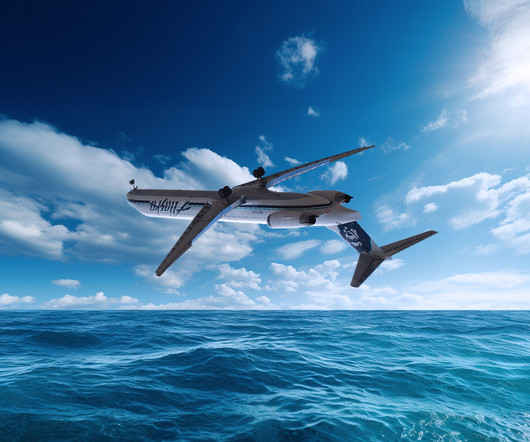
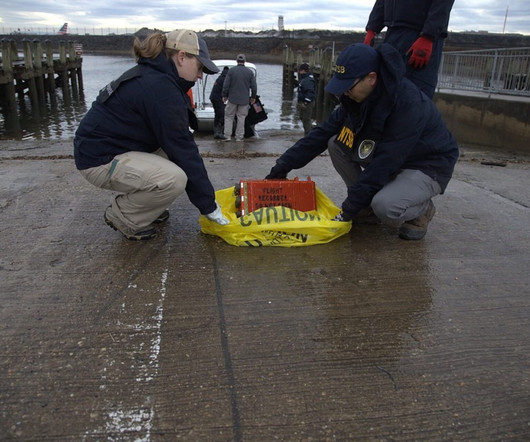

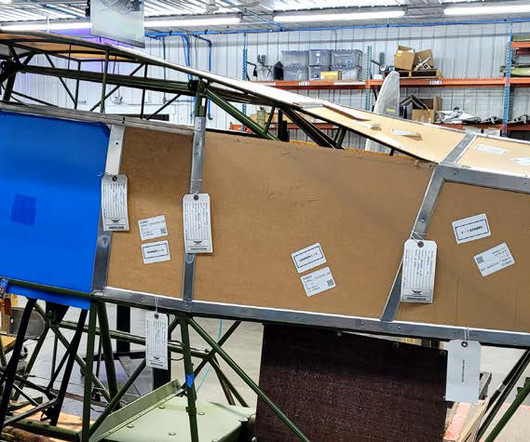
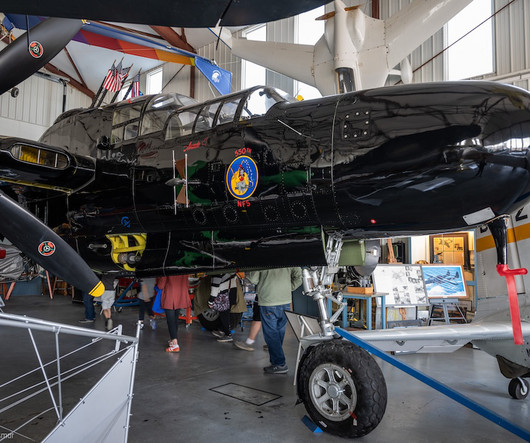
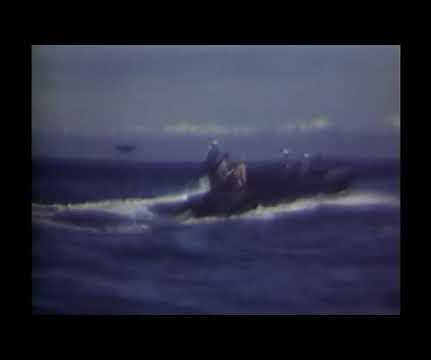




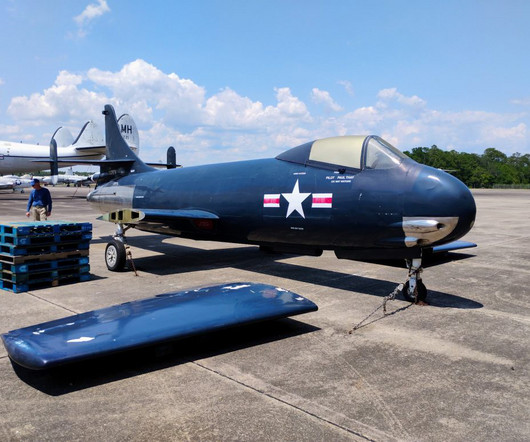
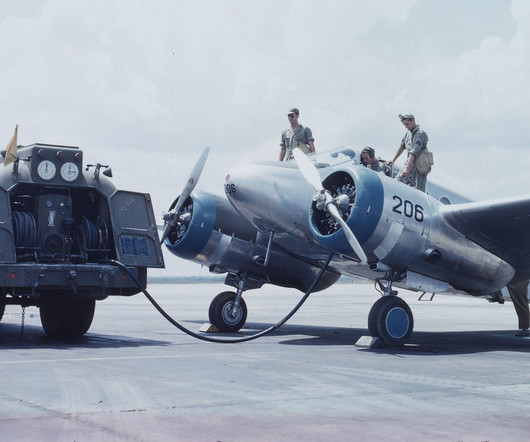
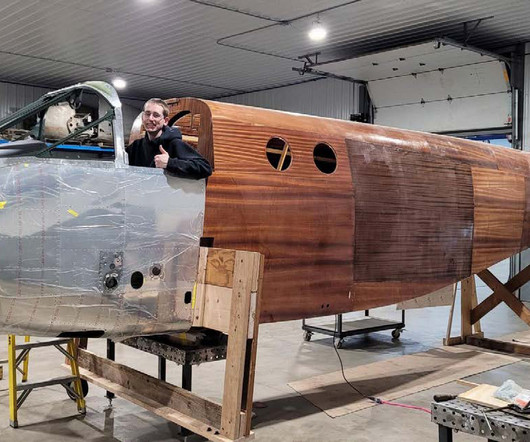
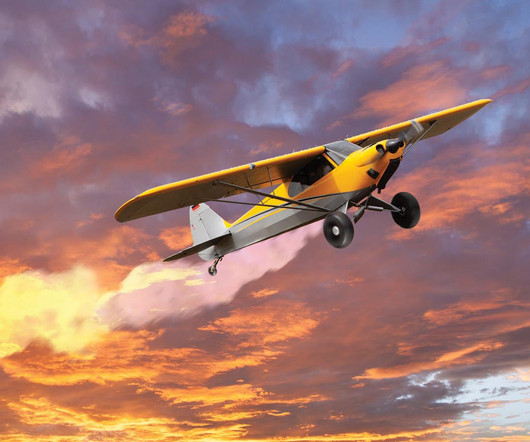

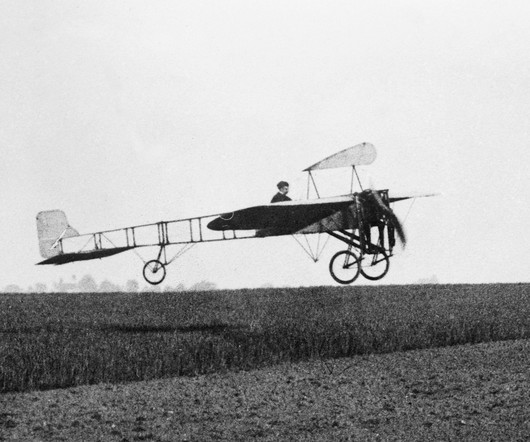









Let's personalize your content